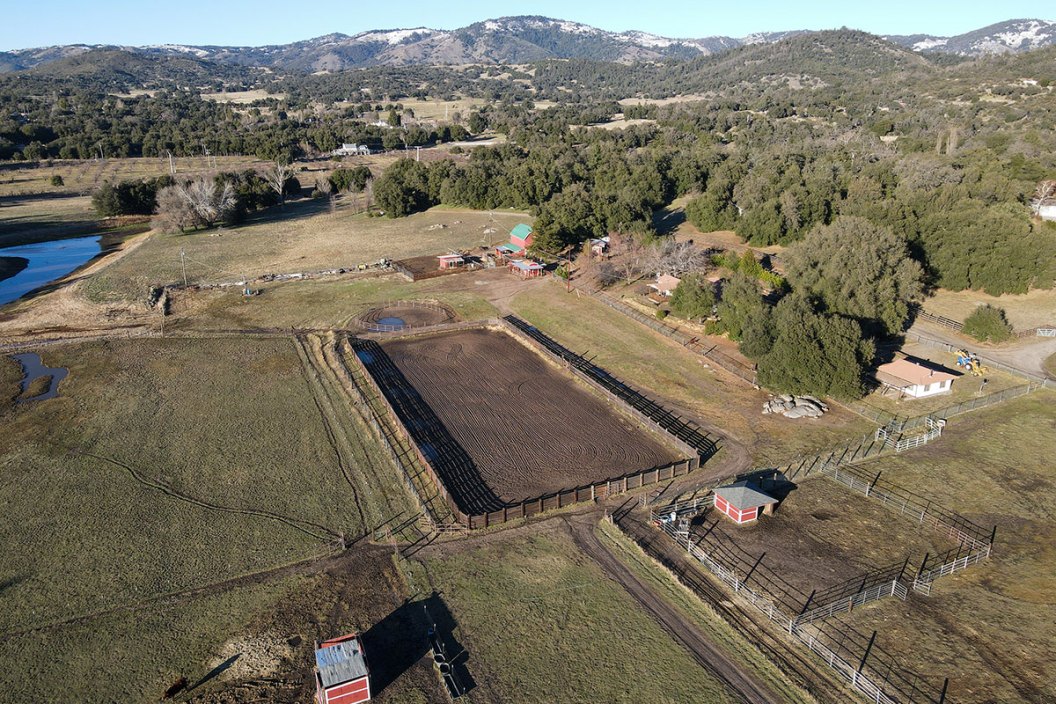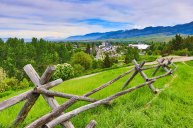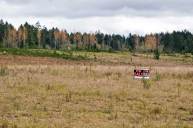Good homesteading land is made up of a variety of factors. Not all of them have to do with the quality of the land itself.
Looking for good homesteading land? Maybe you are in the market for a small-scale property or trying to move to a larger parcel of land. As a homesteader growing your small farm, there are specific attributes you should look for in a piece of land. Some obvious, some maybe not so much.
Let's look at important factors to consider.
1. Buy Land That is Well-Priced
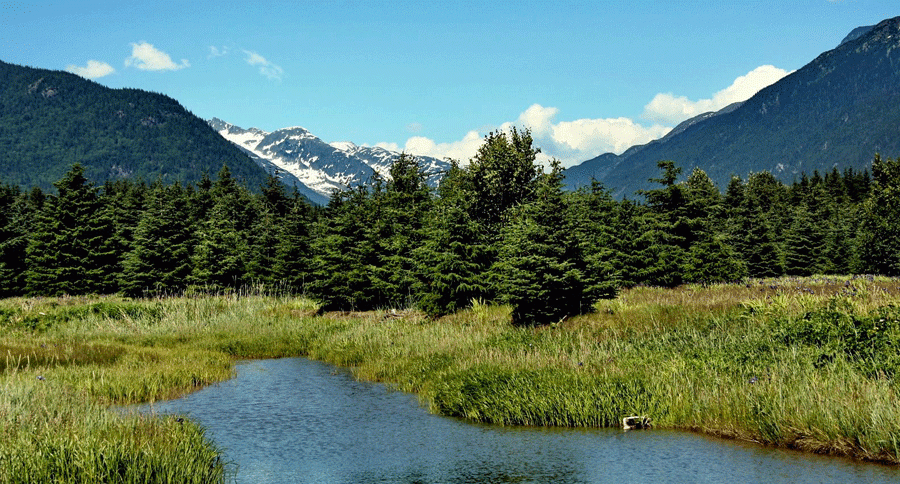
Or free if you can swing it! Of course, hardly anything is truly free. Not to mention the fact that free land patents of the Homestead Act no longer exist. However, there are small towns in states like Nebraska, Kansas, Iowa, Alaska, Minnesota, and New York that offer "free" land.
Some of these offerings come with strings attached or undesirable aspects like living in a subdivision setting. Many of the plots are only a quarter acre or less and it may not be possible to be a full-time homesteader.
For someone who doesn't plan on having livestock or doesn't require acres of land, this could be right up their alley.
Another option is to find cheap land. That is getting much harder to do out West, but you can still find affordable land prices in some rural areas. You may have to really search, but Arkansas, Wyoming, Colorado, Oklahoma, Nevada, and Arizona are states that offer some reasonable prices on a piece of property.
Being self-sufficient and highly in debt isn't a great match. Keeping purchase price and property taxes down will help.
2. Proper Zoning
Correct zoning for your parcel of land is important so you are in compliance with state laws. It becomes even more important if you are looking at buying land that is close to town limits.
Commercial, agricultural, and residential zoning can all occur in close proximity in areas that are immediately outside of town.
Zoning governs what can be built on your property and how you can use that property. You don't want to buy a piece of land, then not be able to homestead it in the way you intended.
Know your end goal and the zoning that allows for that goal. More than likely this will mean you need an area that is zoned for agricultural use. Land-use restrictions can get complicated. Due diligence is key to managing risks.
3. Good Homesteading Land Supports a Long Growing Season
A top priority for any homesteader is the ability to grow your own food. The longer growing season you have, the better off you will be.
The best states for growing crops is tough to say because it depends on what's being grown. Corn does well in Nebraska, but that is not the best location for something like watermelon.
Temperature, length of daylight, moisture, and soil conditions are the major factors to consider for growing fruit trees as well as your crops.
Luckily we can utilize greenhouses or even our own homes to help us out.
4. Access to Natural Resources
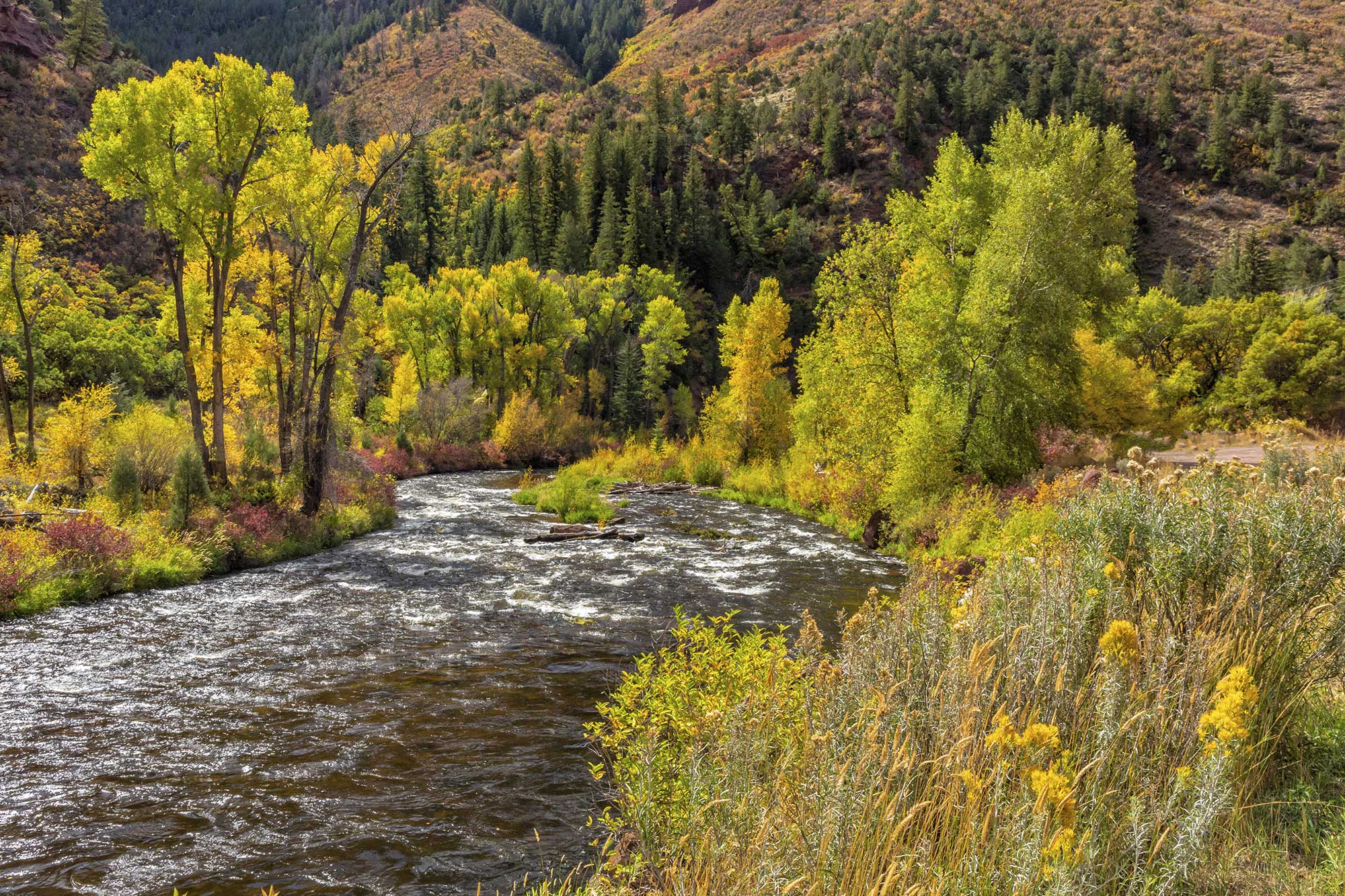
This includes water rights, timber, and mineral rights. Could you imagine having these things on your land but not being able to use them? A water source is vital and if you are going to be self-sufficient, you will need access to it for multiple purposes.
The same goes for timbered properties. Not being able to use or sell felled trees will potentially throw a big monkey wrench in your plans.
Ask questions and understand exactly what is part of the package before you offer a down payment or sign anything.
5. Topography and Arrangement
The topography and arrangement of streams, timber, and other features of your homesteading land should be considered. How features are arranged is part aesthetics, part functionality.
Do you want to be off-grid? If you are implementing solar panels you will need enough unobstructed area to get the most out of them. The same goes for growing your own food and ornamentals that require full sun.
Try to anticipate potential natural disasters like floods, mudslides or wildfires. These are just some of the common issues in mountainous regions like Oregon and Montana. Steer clear of these properties if the risk can't be mitigated.
Also, I recommend sticking to a flat or gently rolling parcel of land. Take it from someone who has terraced property. It works, but every outdoor task is a workout.
6. Road Access to Your Land

Unless you can pilot a bush plane or plan to ride horseback into town, you are going to need an access road to your homestead.
Maybe there is an existing road or driveway on the piece of land you are looking at. If so, look into potential easements and other contracts that could cause future issues. Research other connector roads that may belong to private, federal, or state land managers as well.
Understand what your rights are in using these roads. You want to know if there is any chance of them not being available in the future. Your real estate agent should have this information.
Make sure your access roads aren't going to disappear at some point. Don't become landlocked because of an oversight!
7. Get Good Homesteading Land Without the Headache!
There is a lot to consider when navigating the pitfalls of buying a piece of property. Asking the right questions is critical in obtaining your dream homesteading land.
Real estate is rife with weird little contracts and landowner agreements regarding driveways, roads, restrictions, and rights to natural resources. At one time these agreements probably made sense but could now create a hurdle.
Make sure you understand the ins and outs of the piece of property you are interested in. Those issues may not align with what you would consider good homesteading land. It could also affect your level of self-sufficiency.
For your own sanity, do your research and keep the surprises to a minimum.
NEXT: THE FASCINATING ORIGINS OF POPE & YOUNG AND MODERN BOWHUNTING
WATCH
